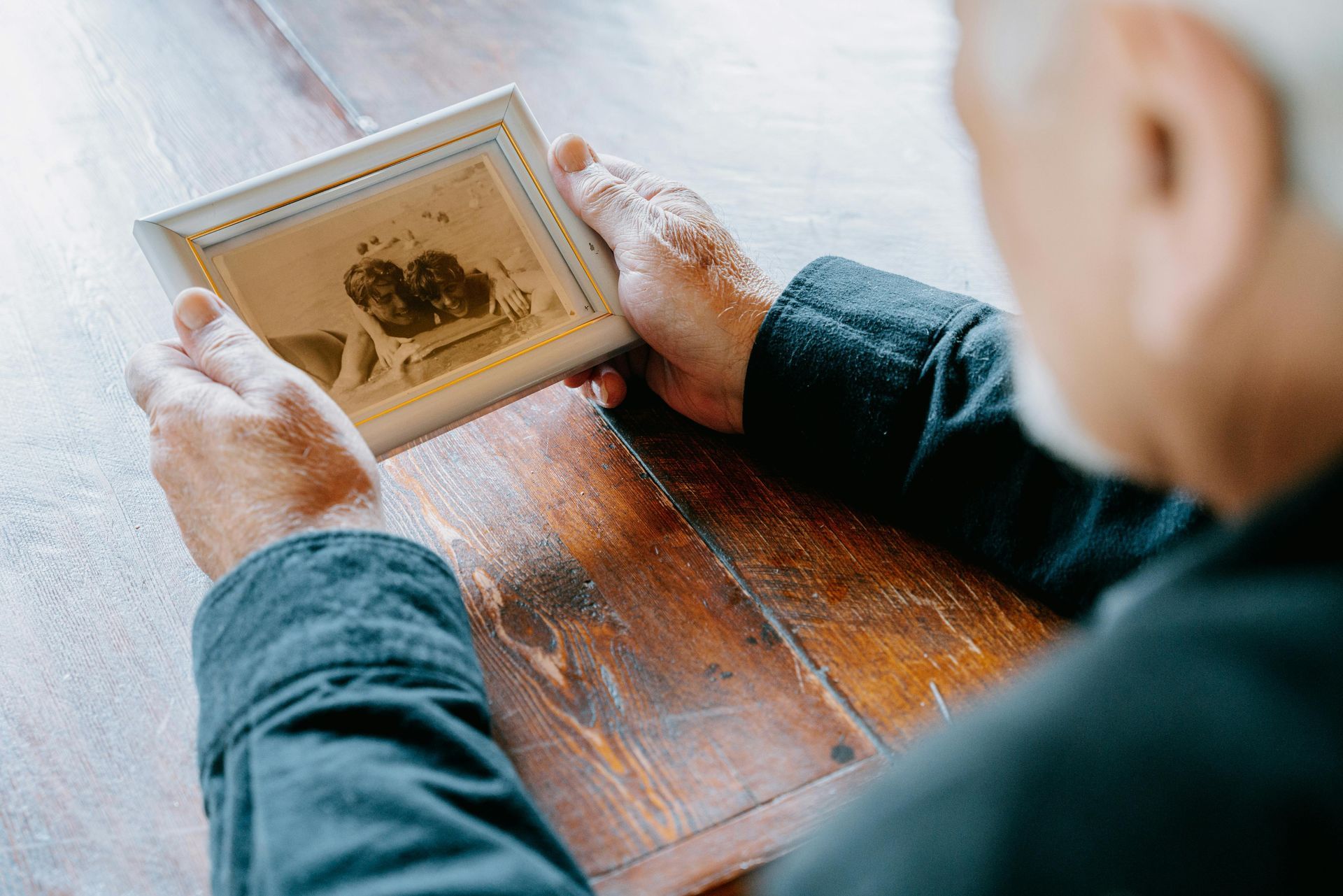Aging Solo: What to Consider After the Loss of a Spouse

Losing a spouse is one of life’s most difficult and life-changing experiences. Beyond the emotional pain, many people find themselves facing unfamiliar tasks, decisions, and responsibilities—especially when it comes to finances and managing a household alone.
If you’re adjusting to life solo after your partner’s passing, you are not alone. Many widows and widowers face similar questions:
“Where do I start?”
“Am I going to be okay financially?”
“What needs to be taken care of now, and what can wait?”
This article is here to help guide you gently through some important steps to consider—at your pace and on your terms.
1. Don’t Rush Big Decisions
In the first weeks and months after a loss, it’s common to feel pressure—from paperwork, from well-meaning friends, or from your own mind—to “get everything sorted.” But it’s okay to take your time.
What you can do:
- Focus on immediate needs like paying bills, notifying Social Security, and securing any important documents.
- Hold off on selling your home, giving away large amounts of money, or making major lifestyle changes unless absolutely necessary.
- Take time to grieve. Your emotional well-being is just as important as your financial health.
2. Gather Important Information
It can be empowering to understand what you have and what you might need moving forward. This doesn’t mean you need all the answers today—but start collecting key documents and information.
Things to locate:
- Marriage certificate, death certificate, will or trust documents
- Titles or deeds to property and vehicles
- Bank and retirement account statements
- Life insurance policies
- Social Security numbers and Medicare cards
- Monthly bills and subscriptions
Consider keeping everything in a folder or binder that’s easy to access. This will also help if you decide to meet with a financial advisor.
3. Understand How Your Income Might Change
Your monthly income may look different now, depending on things like pensions, Social Security, and retirement savings.
Things to consider:
- You may be eligible for
Social Security survivor benefits. You can check with the Social Security Administration to find out what you qualify for.
- If you had a joint retirement account or pension, find out how it changes now that you are the sole beneficiary.
- If your spouse handled most of the finances, now might be a good time to sit with someone you trust to go over everything.
You don’t need to figure this all out alone—a financial advisor or elder care advocate can walk you through it.
4. Review Your Home and Living Situation
Many people wonder whether they should stay in the same home or consider downsizing. The answer is different for everyone.
Ask yourself:
- Do I feel safe and comfortable living here on my own?
- Is the home easy to maintain physically and financially?
- Would moving closer to family or to a senior-friendly community improve my quality of life?
There’s no right or wrong choice—just what works best for you. It’s okay to explore your options without committing right away.
5. Update Legal and Financial Documents
Now is a good time to review and update important documents that may still include your late spouse’s name.
Things to check:
- Your will or living trust
- Power of attorney and healthcare directives
- Beneficiary designations on bank accounts, retirement accounts, and life insurance policies
- Homeownership or title documents
A qualified estate planning attorney or financial advisor can help make sure everything is in order and up to date.
6. Talk to a Trusted Financial Professional
You don’t need to be an expert to take control of your future. A financial advisor who understands the unique needs of older adults can help you:
- Review your income and expenses
- Plan for healthcare and long-term care costs
- Make sense of tax changes or benefits
- Provide peace of mind about your financial security
This is a season of change, and it’s okay to feel uncertain or overwhelmed at times. The most important thing to remember is that you are not alone—and you don’t have to figure everything out all at once.
Take small steps. Ask questions. Give yourself grace.
And when you’re ready, reach out. There are people—advisors, advocates, friends—who are here to support you through this next chapter of life.
👣 Next Steps Checklist:
Here’s a quick checklist to help you stay organized:
- ✅ Update your tax filing status and review how it impacts your income and deductions
- ✅ Review Social Security survivor benefits
- ✅ Get home or investment appraisal for step-up basis reference
- ✅ Talk to a financial advisor who understands retirement and estate issues
- ✅ Take time for your emotional well-being—grief support groups, counseling, or spiritual guidance can be just as important as financial support
Author: Kinga Wulczynska-Lauer
Disclaimer:
Retirement In Reverse is a mortgage company dedicated to serving older adults, financial planners, and wealth managers with a strong focus on education and informed decision-making. While we strive to provide helpful information on a variety of topics, we are not experts in all areas. That’s why we collaborate with a trusted network of professionals—including attorneys, tax advisors, and financial planners—to help connect you with the right expert based on your individual needs. The information provided in this article is for educational and illustrative purposes only. Before making any financial, legal, or lifestyle changes, we strongly recommend consulting with a qualified professional who can review your personal situation.



